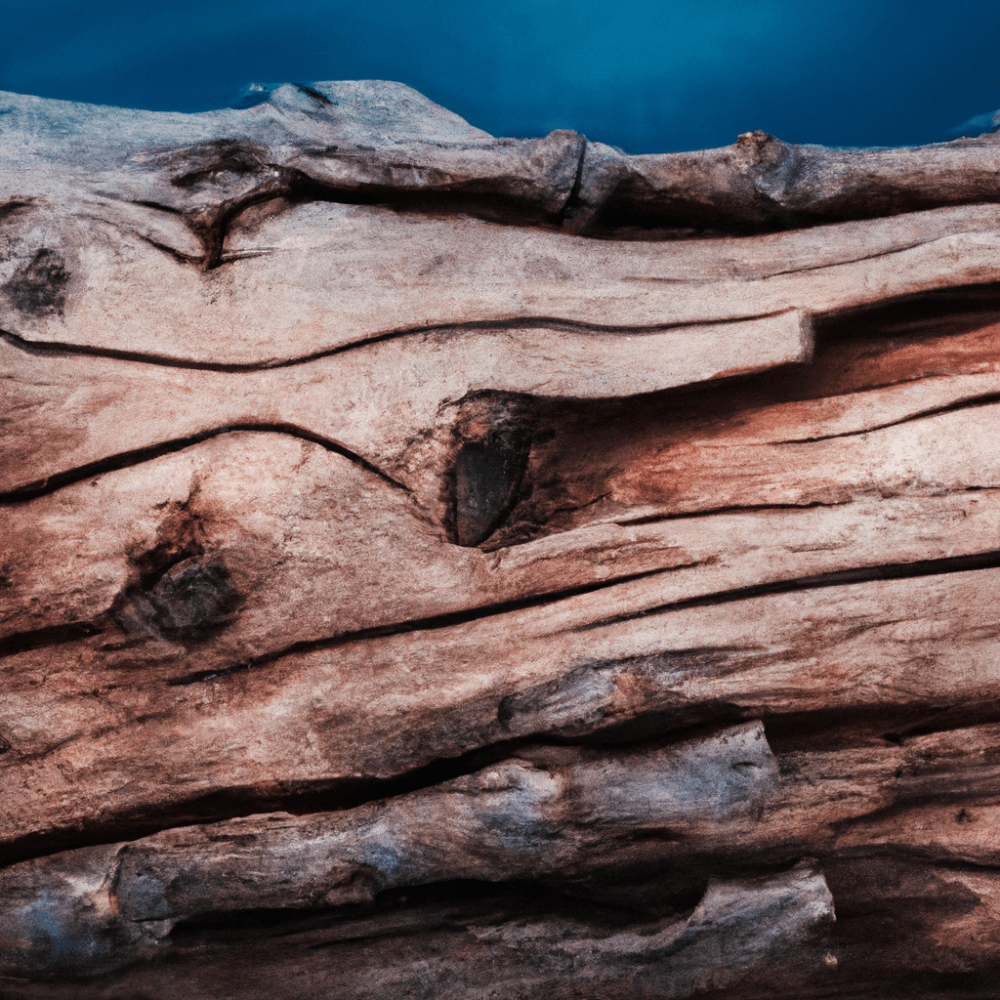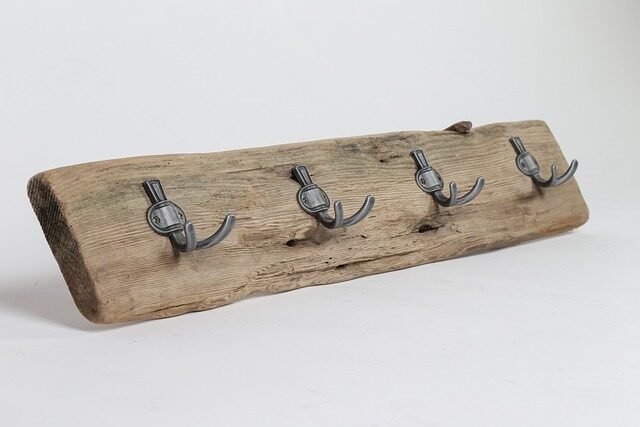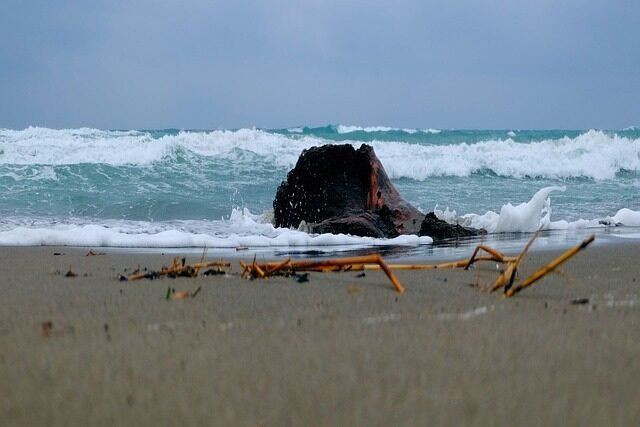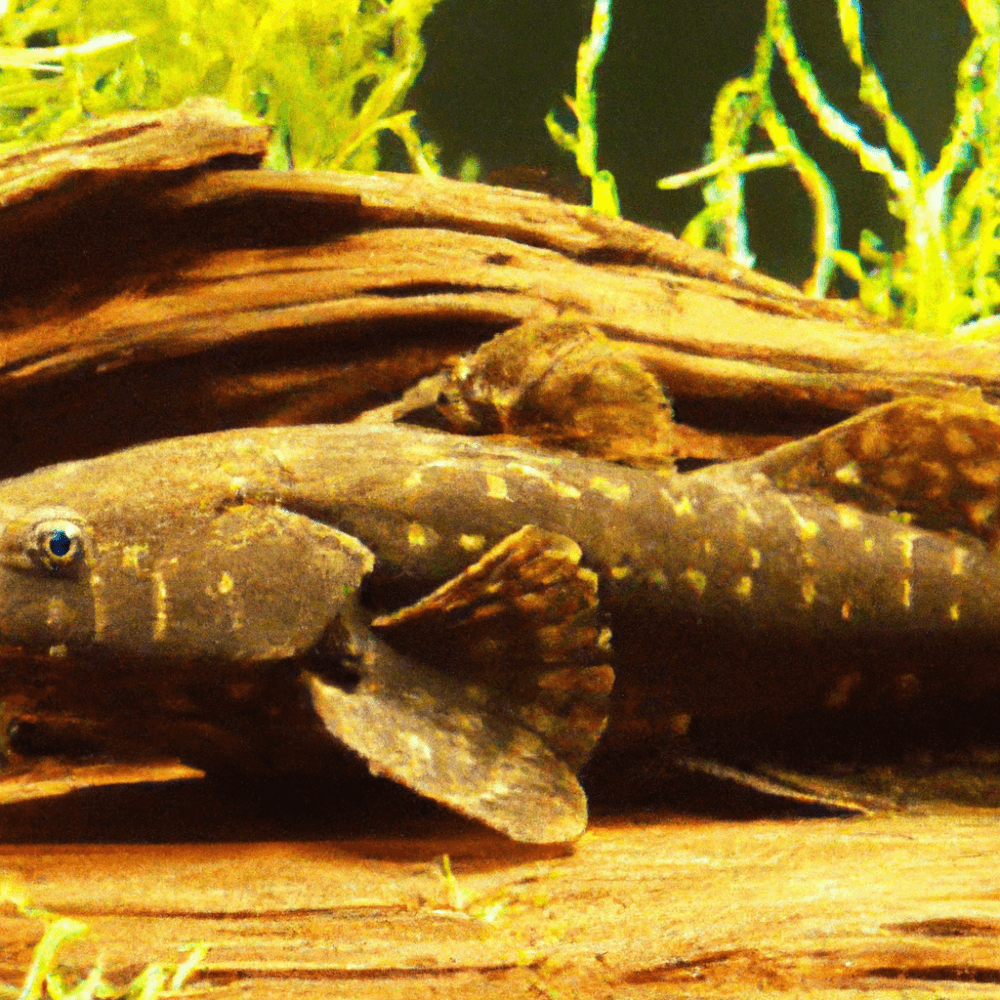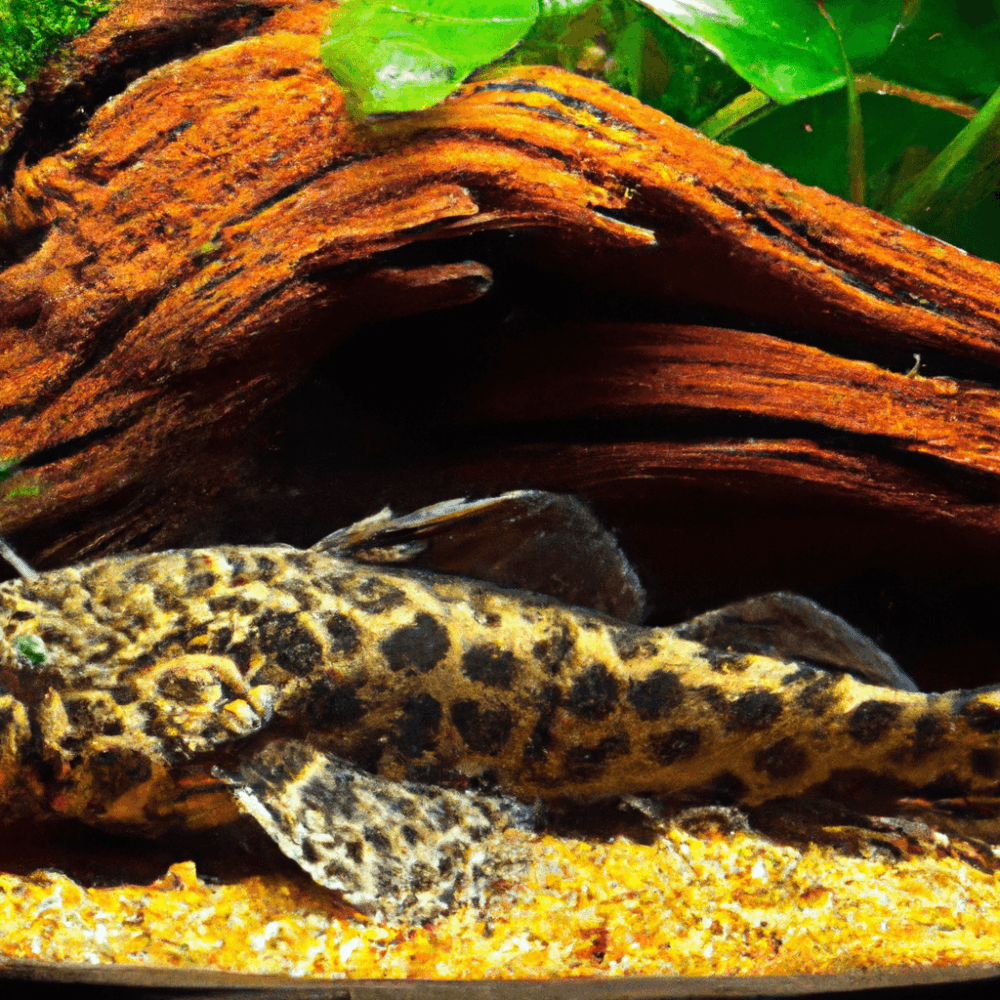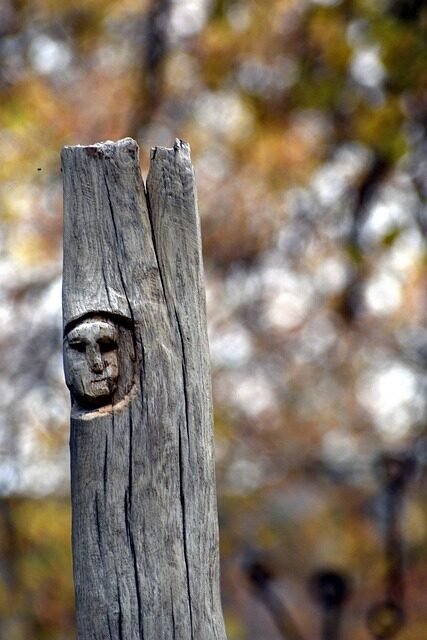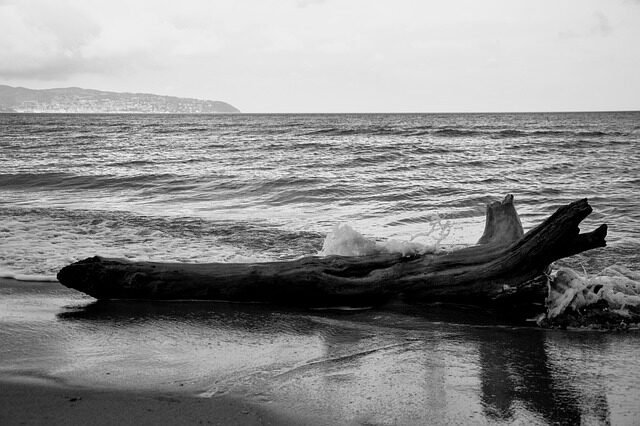In your aquarium, every little detail can make a big difference to the health and well-being of your aquatic pets. One often overlooked element is driftwood – but, does it affect the pH level in your aquarium? The answer may surprise you. By understanding the potential impact of driftwood on pH levels, you can ensure a thriving and balanced environment for your underwater companions.
Does Driftwood Affect pH in Aquarium?
What is Driftwood?
Driftwood is a piece of wood that has been washed ashore by a body of water such as a river, lake, or ocean. Over time, the constant exposure to water and various weather conditions can give driftwood its unique appearance. In the context of aquariums, driftwood is often used as a decorative element or as a functional component to mimic natural aquatic environments.
The Importance of pH in Aquariums
pH is a measure of the acidity or alkalinity of a substance, and it plays a crucial role in maintaining a healthy aquatic environment in an aquarium. Different species of fish and other aquatic organisms thrive in specific pH ranges, and maintaining the appropriate pH level is essential for their overall well-being. Fluctuations or extremes in pH can cause stress, illness, or even death among aquarium inhabitants.
Factors Affecting pH Levels
Several factors can influence the pH levels in an aquarium. These include the source water used for the tank, the presence of plants or other organic matter, the breakdown of waste, the type of substrate, and the presence of rocks or other decorations. It is important to consider all these factors when setting up and maintaining an aquarium to ensure the desired pH range is achieved and maintained.
Effects of Driftwood on pH
Driftwood can have both direct and indirect effects on the pH levels in an aquarium. Understanding these effects is crucial for aquarium hobbyists who want to use driftwood in their tank setup.
1. Release of Tannins
Driftwood, especially those derived from trees with high tannin content, can release tannins into the water. Tannins are organic compounds that impart a brownish or yellowish color to the water. The presence of tannins can lower the pH of the aquarium water, making it more acidic. However, it is important to note that not all driftwood releases tannins, and the extent of tannin release can vary depending on the type and condition of the wood.
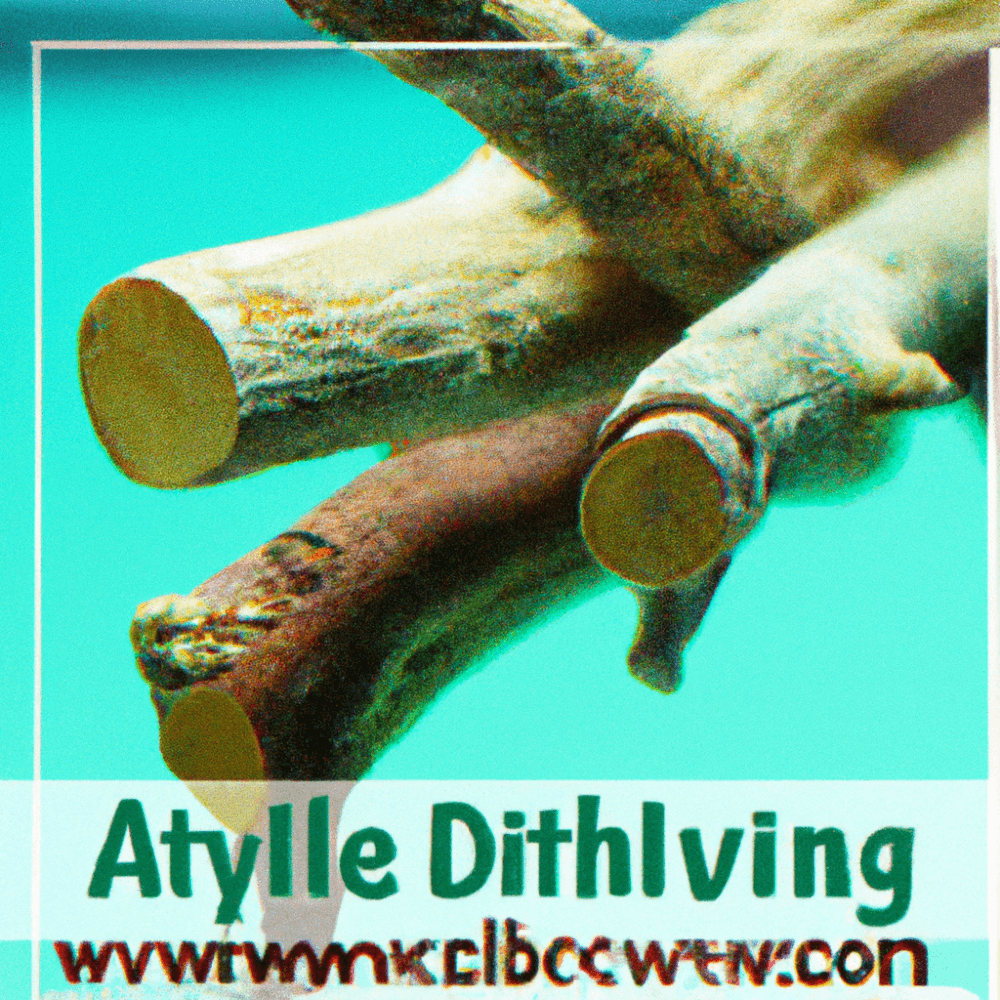
2. Buffering Capacity
Certain types of driftwood, such as those made from hardwood, have a natural buffering capacity. This means that they can help stabilize the pH levels in an aquarium by preventing rapid fluctuations. The buffering capacity of driftwood can be particularly beneficial in environments where the pH tends to fluctuate or when keeping fish species that require stable pH levels.
3. Biological Activity
Driftwood can also support the growth of beneficial bacteria, such as nitrifying bacteria, which play a crucial role in biological filtration. These bacteria help convert harmful ammonia and nitrite into less toxic nitrate, contributing to a healthier aquatic environment for the tank inhabitants. The presence of driftwood can provide a surface for these bacteria to colonize and enhance the overall biological activity in the aquarium.
Balancing pH with Driftwood
If you decide to use driftwood in your aquarium and want to maintain a specific pH range, there are several methods you can employ to balance the pH levels effectively.
1. Soaking the Driftwood
Before adding driftwood to your aquarium, it is recommended to soak it in water for an extended period. This soaking process helps to leach out tannins and any other organic compounds that may affect the pH of the water. Soaking the driftwood for a few weeks or until the water runs clear will minimize the impact on pH levels once it is introduced into the tank.
2. Use of pH-Adjusting Substances
In some cases, adjusting the pH levels of the aquarium water may be necessary if the driftwood causes significant fluctuations. There are commercially available pH-adjusting substances that can be used to raise or lower the pH as needed. However, caution should be exercised when using these substances, as sudden and drastic pH changes can be harmful to the aquarium inhabitants. It is best to gradually adjust the pH over a period of time while closely monitoring the behavior and health of the fish.
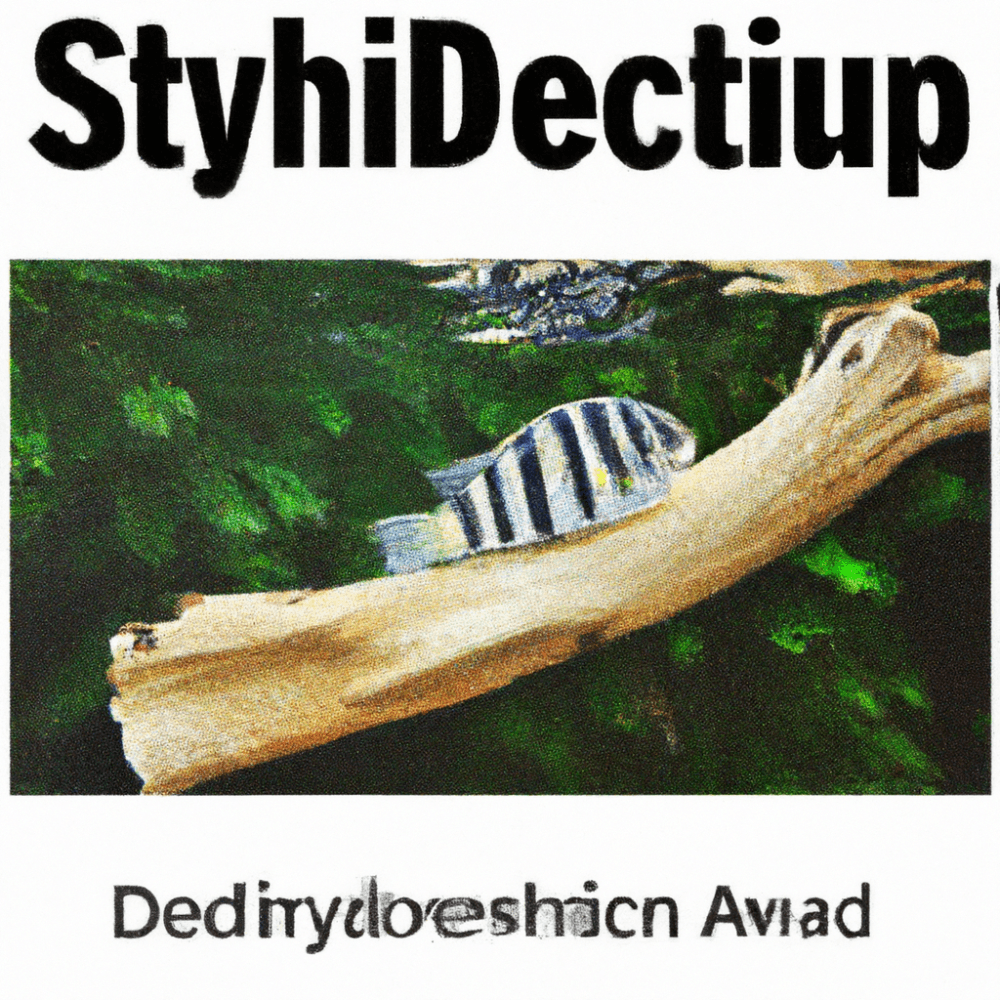
3. Monitoring pH Levels
Regular monitoring of pH levels is crucial when driftwood is present in the aquarium. This can be done using readily available pH testing kits. By monitoring the pH regularly, you can identify any significant changes and take appropriate measures to maintain the desired range. Remember that consistency is key, and maintaining stable pH levels is essential for the health and well-being of the aquarium inhabitants.
Potential Benefits of Driftwood
Using driftwood in your aquarium can have several benefits beyond just its impact on pH levels.
1. Natural Habitat Simulation
Many fish species come from habitats with natural driftwood. By incorporating driftwood into your aquarium, you can create a more natural and aesthetically pleasing environment for your fish. This can help reduce stress and mimic their natural behavior, thus promoting better overall health and well-being.
2. Visual Appeal
Driftwood can add a unique and beautiful touch to the overall aesthetics of an aquarium. With its interesting shapes, textures, and colors, driftwood can create a visually appealing focal point, enhancing the overall beauty of the tank.
3. Enhancing Biological Filtration
As mentioned earlier, driftwood can contribute to the growth of beneficial bacteria, particularly those involved in biological filtration. These bacteria help break down waste and convert harmful substances, improving the overall water quality and creating a healthier environment for the aquarium inhabitants.
Precautions when using Driftwood
While driftwood can be a great addition to an aquarium, it is important to keep a few precautions in mind.
1. Quality and Safety
Ensure that the driftwood you choose is of good quality and safe for aquarium use. Avoid using driftwood that has been treated with chemicals or pesticides, as these substances can be harmful to the aquarium inhabitants. It is recommended to source driftwood from reputable suppliers who specifically provide wood for aquarium use.
2. Compatibility with Tank Inhabitants
Consider the specific needs and preferences of the fish and other aquatic organisms in your aquarium before adding driftwood. Some species may prefer or require certain water conditions, and not all fish will thrive in an environment with driftwood. Research the compatibility of the driftwood with your tank inhabitants to ensure their well-being.
3. Regular Maintenance
Driftwood, like any other element in an aquarium, requires regular maintenance. Over time, it may accumulate algae, debris, or even decay. It is essential to clean and inspect the driftwood periodically to avoid any negative impact on water quality or the health of the aquarium inhabitants. Regular maintenance will ensure that the driftwood remains a beneficial and aesthetically pleasing addition to your aquarium.
In summary, driftwood can indeed affect the pH levels in an aquarium. The release of tannins, buffering capacity, and biological activity associated with driftwood can all impact the pH of the water. However, by employing proper methods to balance pH levels, such as soaking the driftwood and monitoring pH regularly, the effects of driftwood on pH can be managed effectively. Moreover, driftwood offers additional benefits such as natural habitat simulation, visual appeal, and enhanced biological filtration. By taking precautions and conducting regular maintenance, driftwood can be a valuable and impactful addition to any aquarium.

